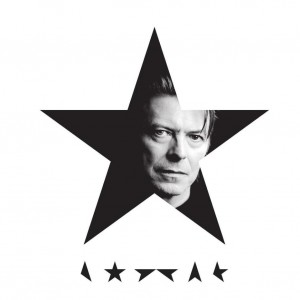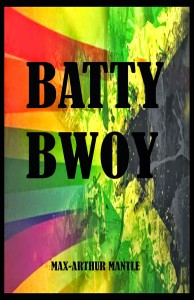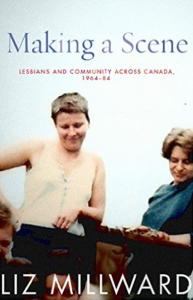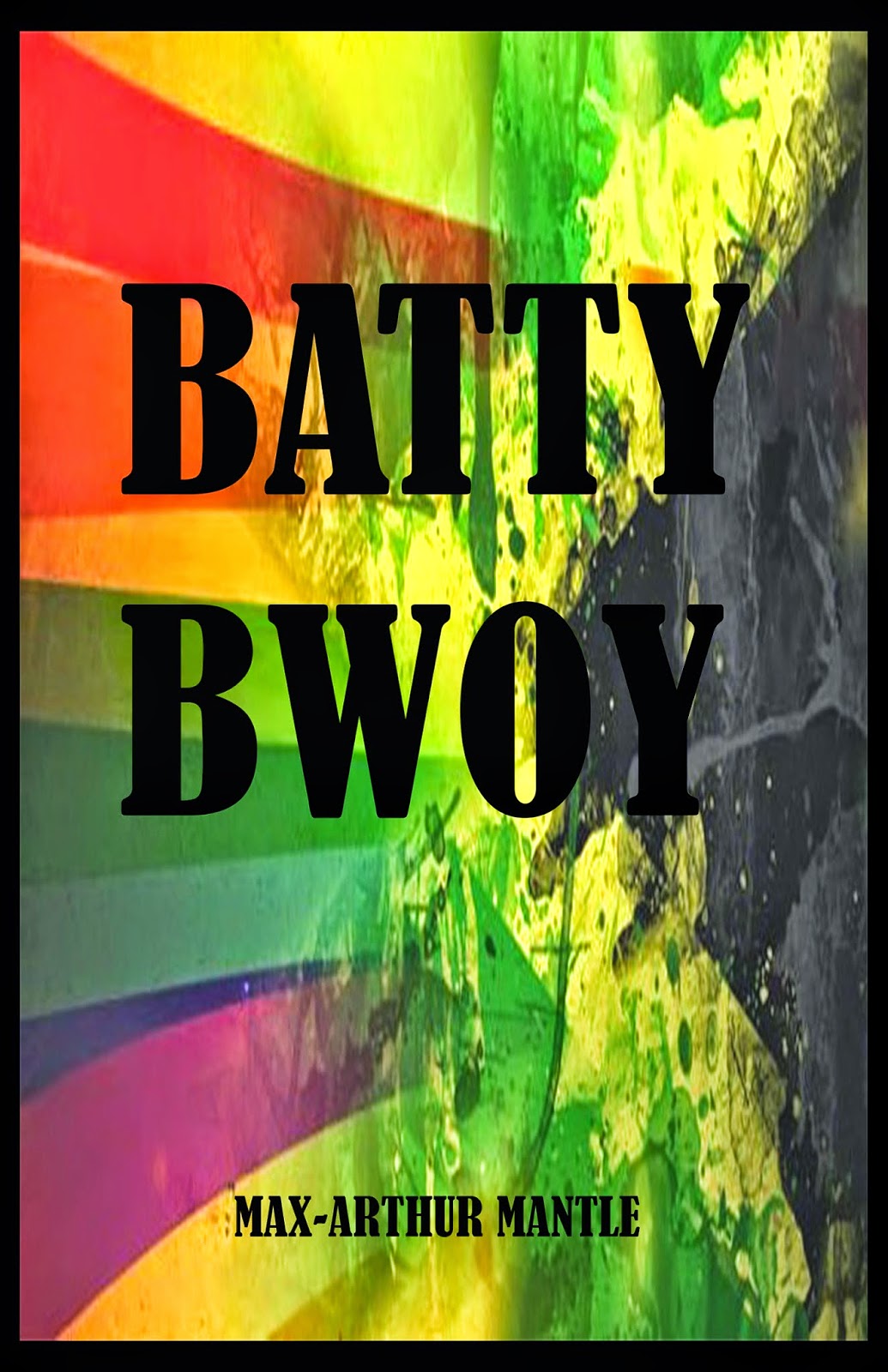 Blackstar
Blackstar
Album by David Bowie
ISO/Columbia
Leave it to David Bowie to æstheticize his own death. The glam-legend’s passing on January 10th, two days after his 69th birthday, coincided with the release of his final album, Blackstar. Comprised of seven down-tempo tracks, Blackstar is the darkest of all swan songs, brought (back) to life by veteran producer Tony Visconti, who fuses sad-sounding saxophones with rock and electronica. On “Lazarus,” Bowie imagines himself as a dark god, singing “Look up here, I’m in heaven” before a trio of electric guitar chords rains down like lightning. Apart from the biblical allusion, “Lazarus” is the name of the off-Broadway musical that Bowie co-wrote as a sequel to 1976’s The Man Who Fell to Earth, his first major film. There’s “’Tis a Pity She Was a Whore” to lighten the mood, albeit briefly; the speaker is beaten by a masculinized woman who “kept my cock” and “stole my purse.” The themes on Blackstar are largely existential as the pop star looks back over his life. “By the time I got to New York, I was living like a king,” he sings, referring to his Carnegie Hall debut in 1972. On “Dollar Days,” he looks back to his childhood as David Robert Jones and the “English evergreens” of his native Brixton. If there’s one last deposit in his queer catalog, it could be “Girl Loves Me,” which, far from being a love song, paints a grim picture of heterosexuality. “I’m cold to this pig and pug show” is one of the few intelligible lyrics in a song made up of Nadsat (the language in A Clockwork Orange) and the gay argot known as “Polari.” In a 1972 interview with Melody Maker, Bowie once blurted out “I’m gay,” though he was a married man (and new father) at the time. In 1983 he changed his tune once more, telling Rolling Stone that declaring himself to be bisexual was “the biggest mistake I ever made,” since “I was always a closet heterosexual.” Whatever Bowie was off the record, his music remains one long study in the erotic enigma of gender and selfhood. Blackstar will not only intensify but complicate his mythic status as the studly starman who fell to earth.
Colin Carman
 Batty Bwoy
Batty Bwoy
by Max-Arthur Mantle
AM Books. 265 pages, $24.95
This first novel tells the story of a young gay Jamaican man as he struggles with his sexuality in a deeply homophobic country and later strives to find a place for himself in the U.S. It begins with his mother Daphne’s efforts to improve her life. With her husband in America, she must raise her three children in Jamaica alone. Her son Mark grows up a sensitive boy, more drawn to other boys than to sports or girls. In a country where all signs of “unmanly” behavior are actively discouraged, such behavior risks taunting and even violence. Indeed, the novel’s title refers to a pejorative Jamaican term for a gay man. His mother’s inattention makes Mark’s situation even more perilous; as a young child, when left unattended in the kitchen, he is severely burned in an accident. He escapes Jamaica for Washington D.C.’s Howard University, where he distinguishes himself by directing the annual fashion show, an outrageous event produced by the friends he’s made in the area’s gay clubs and bars. Unfortunately, he gets caught up in the drug culture, and after brief jail time and a stint in the Navy, he finds himself in New York, struggling to survive and find love. Some readers may find the Jamaican patois challenging, but the general meaning is almost always clear, and it gets easier as you go along. Others may wonder why so much time is spent on Daphne at the start, when Mark is the main character. She reappears at the end and serves as a bookend to Mark’s coming of age, showing his growth. A semi-autobiographical novel and the first in a projected trilogy, this novel explores the challenges faced where growing up different means facing danger.
Charles Green
 Making a Scene: Lesbians and Community across Canada, 1964-84
Making a Scene: Lesbians and Community across Canada, 1964-84
by Liz Millward
UBC Press. 328 pages, $35.95
This well-researched study of twenty formative years of lesbian community-building in Canada covers a lot of ground. Liz Millward describes the challenges for lesbians in Canada in the 1960s and beyond. Because Canada has a vast, rugged geography, harsh winters, and a thinly-spread population, it has often been easier for Canadian lesbians to find community in large American cities directly south of them than to identify with other Canadians to the east and west. The author also explains several groundbreaking legal, social, and technological changes in the period under discussion that affected Canadian lesbians, particularly the Omnibus Bill of 1968, which decriminalized sex between men. Sex between women had never been illegal in Canada, but many lesbians didn’t know this, and the liberalized legal climate brought up sexual orientation as a topic for public discussion. The cross-fertilization of second-wave feminism, the hippie counterculture, gay men’s community-building, and aspects of regional culture (such as a farm-based tradition of cooperative labor on the prairies) all contributed to an emerging national lesbian movement. The Trans-Canada Highway and developments in communication technology have been crucial in enabling lesbians to plan conferences and festivals and to circulate information. Millward has captured the flavor of an era by combining data from previous studies with eyewitness accounts and black-and-white photos from private collections. She proposes a symbiotic relationship between self-defined lesbians and their “scene” or social milieu: a lesbian identity requires a social context, and vice versa.
Jean Roberta





